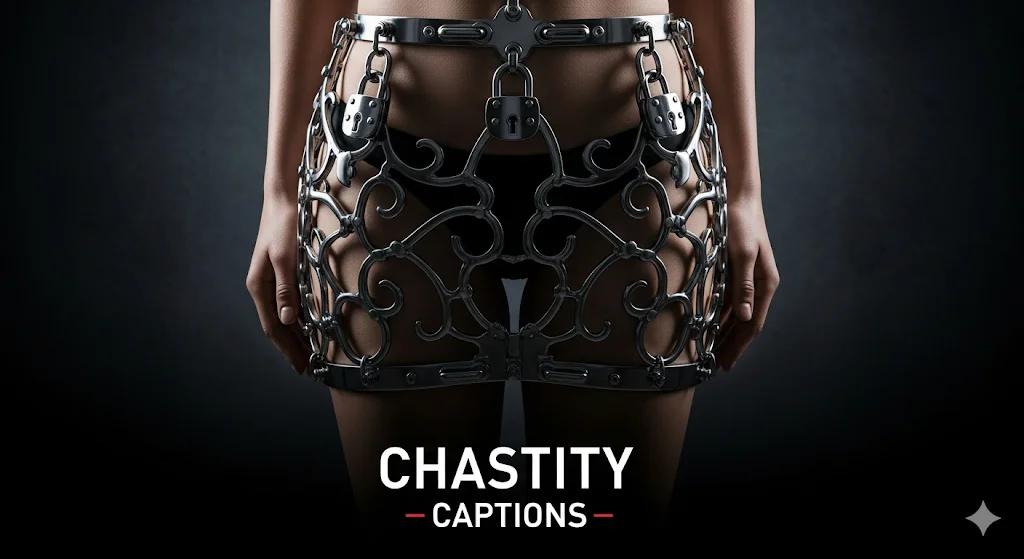When you're trying to update a room without doing a complete renovation, a modern leather couch does most of the heavy lifting for you. Contemporary leather furniture has evolved pretty dramatically from those bulky traditional styles your parents probably had. Today's designs focus on clean lines, minimal ornamentation, and versatile neutral tones that work with almost any color scheme. Interior design research shows that updating a single anchor piece—like a couch—can make a room feel 70% more current without touching the walls, floors, or other furniture. The psychology behind this is pretty straightforward: our eyes naturally go to the largest piece in a room first, so when that piece reads as modern, the whole space feels updated.
Modern design isn't just about looking sleek—it's about functionality meeting aesthetics. Contemporary leather couches typically have lower profiles than traditional ones, sitting closer to the ground with legs that are either very minimal or completely hidden. The arms are usually track-style, meaning they're straight and the same height as the back, or they might be super slim and tapered. Compare that to rolled arms on older styles, and you can see the difference immediately. Materials matter too. Modern pieces often combine leather with metal frames, exposed wood bases, or mixed textures like leather on the seating area with fabric on the back. Aniline or semi-aniline leather finishes are common because they show the hide's natural grain, which fits that organic-meets-minimal aesthetic that's everywhere right now.
The color palette for modern leather has expanded way beyond what was available even ten years ago. Charcoal grey leather has become really popular because it bridges the gap between professional and relaxed—works in a formal living room but doesn't feel stuffy. Tan and camel tones bring warmth without going full traditional brown. Some designers are even using navy or deep green leather, though that's definitely more of a statement choice. White and cream leather still exist, but they're riskier for obvious reasons. I've noticed that mid-tone greys tend to hide wear and minor discoloration better than the extremes of very light or very dark options.
Modern leather couches come in configurations that older styles didn't really offer. Modular sectionals that you can rearrange are huge right now because people move more frequently and want furniture that adapts. An L-shaped sectional in leather can define a space in an open floor plan without needing walls or dividers. For smaller apartments, modern loveseats or apartment-size sofas (usually 68-76 inches) maintain the look without overwhelming the room. There's actual research from space planning studies showing that furniture should take up roughly 30-40% of floor space in a living area, and modern designs with their slimmer profiles help hit that target even in compact spaces.
This is where the transformation really happens. A modern leather couch becomes the neutral anchor, and then you layer in other textures around it. Chunky knit throws, velvet pillows, or even faux fur accents create contrast that makes the leather pop more. Metallics work particularly well—brass or gold table lamps next to black leather, or chrome and glass coffee tables with brown leather. Plants are another easy win. The organic shapes and green tones of houseplants offset the structured lines and solid colors of leather really nicely. Rugs matter too. A jute or sisal rug under a modern leather couch keeps things casual, while a geometric patterned rug amps up the contemporary vibe.




Want to add a comment?